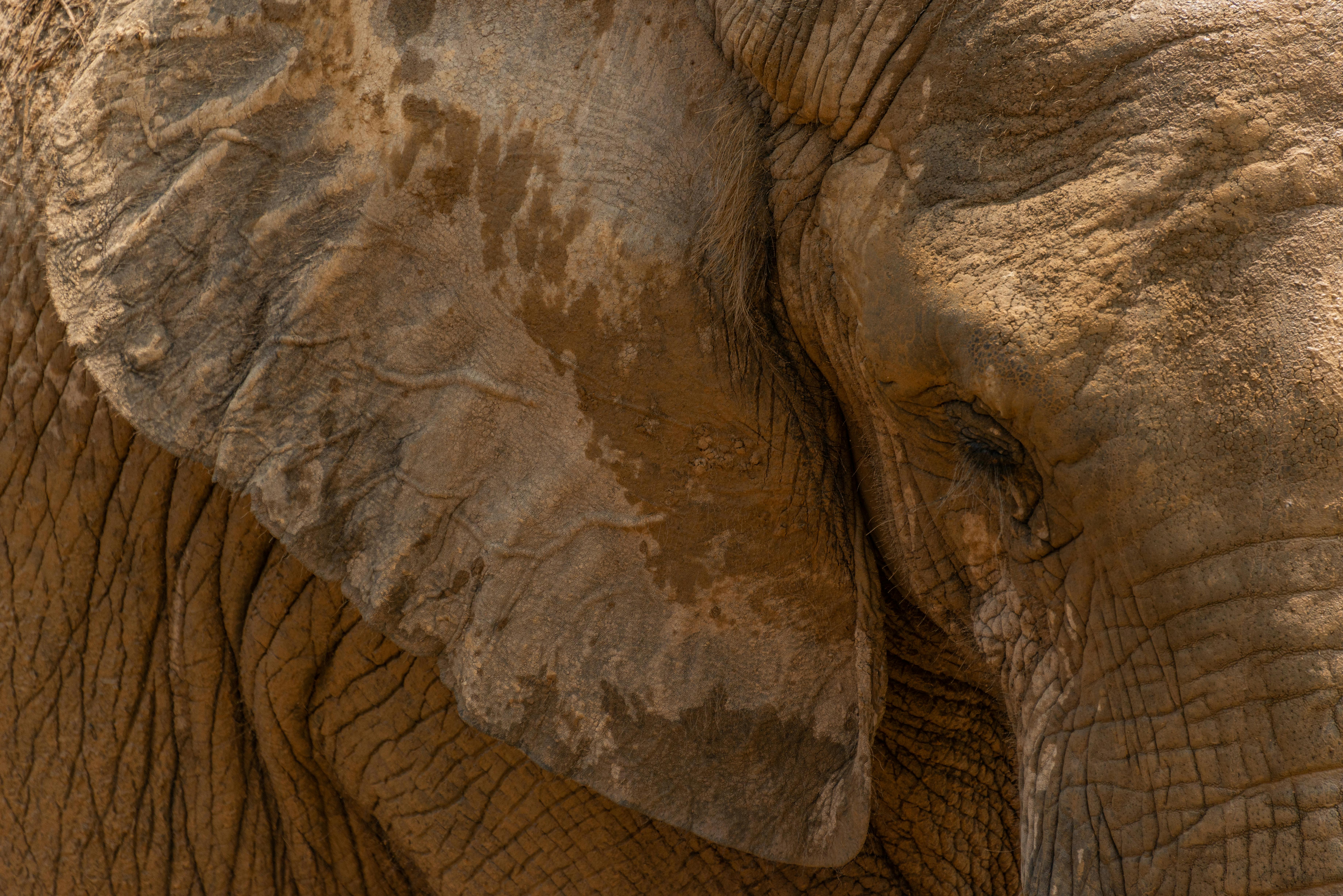Effective Ways to Care for Blue Dwarf Gourami in 2025

Essential Guide to Blue Dwarf Gourami Care in 2025
The blue dwarf gourami is a popular choice among aquarists due to its vibrant coloration and peaceful demeanor. As a tropical freshwater fish, it thrives in well-maintained aquariums, making it an ideal pet for both beginners and experienced fish keepers. Understanding the fundamental aspects of dwarf gourami care, including habitat setup, diet optimization, and community tank considerations, is crucial for nurturing these beautiful fish. Additionally, proper breeding techniques enhance the joy of keeping blue dwarf gouramis.
This article will provide a comprehensive overview of effective ways to care for blue dwarf gouramis, covering their ideal habitat, water parameters, compatibility with tank mates, and breeding practices. By the end of this guide, you will be equipped with the essential knowledge needed to ensure a healthy and entertaining aquarium environment for your blue dwarf gourami.
Key Takeaways: Proper care for blue dwarf gouramis involves understanding their habitat needs, water parameters, diet preferences, and social behavior in community tanks.
Effective Tank Setup for Blue Dwarf Gouramis
Creating the right environment for your blue dwarf gourami is vital. The tank setup not only influences their health but also affects their behavior and interactions with fellow fish. To start, ensure you choose an appropriate tank size that accommodates the growth of these fish while minimizing stress.
Ideal Tank Size and Dimensions
While blue dwarf gouramis can thrive in smaller aquariums, a tank of at least 10 gallons is recommended to provide adequate swimming space. These fish can grow up to 3 inches in size, which makes a larger tank beneficial for their comfort. A spacious aquarium also allows you to add live plants and decor that imitate their natural habitat.
Water Parameters for Optimal Health
Maintaining the right water conditions is crucial for blue dwarf gouramis. The ideal water temperature is between 78°F and 82°F (25-28°C), with a pH range of 6.0 to 7.5. Regularly testing water quality ensures levels remain stable, as fluctuations can stress these fish. Use a reliable aquarium filter to maintain proper water conditions, along with regular water changes of 10-15% every week.
Adding Aquatic Plants and Decor
Aquatic plants such as Java moss, Anubias, and floating plants provide shelter and mimic the natural habitat of dwarf gouramis. Additionally, implementing decorations like caves and driftwood encourages exploration and reduces stress factors in your blue dwarf gourami. Always ensure that decorations do not have sharp edges to prevent injuries.
In summary, a well-planned tank setup accommodates the growth, health, and behavioral needs of blue dwarf gourami, ensuring a thriving aquarium environment.
 example.com/image2.png
example.com/image2.png
Nourishing Your Blue Dwarf Gourami: Diet and Feeding
Feeding your blue dwarf gourami the right diet is a critical aspect of their health. These fish are omnivores, and offering a balanced diet of flakes, pellets, and live or frozen foods ensures their nutritional needs are met. Understanding their feeding habits is essential for maintaining their vibrant colors and overall well-being.
Understanding Blue Dwarf Gourami Diet
A balanced diet for blue dwarf gouramis consists of high-quality flake foods, sinking pellets, and a variety of live or frozen foods such as brine shrimp and bloodworms. These options not only provide essential nutrients but also contribute to health and coloration.
Feeding Frequency and Amount
Feed your blue dwarf gourami once or twice daily, offering only what they can consume in 2-3 minutes. Overfeeding can lead to water quality issues, so it is essential to maintain feeding intervals that promote their health while not compromising the stability of the aquarium.
Special Dietary Requirements for Breeding
Breeding blue dwarf gouramis may require additional nutrition. A diet rich in protein is particularly beneficial during breeding periods. Implementing live foods can encourage spawning behaviors and increase the chances of successfully hatching fry.
Dwarf Gourami Compatibility and Tank Mates
Creating a peaceful community tank for your blue dwarf gourami involves careful selection of tank mates. Understanding their social dynamics and behavioral traits can help you foster a harmonious environment.
Identifying Compatible Tank Mates
Blue dwarf gouramis are known for their peaceful nature, making them compatible with many non-aggressive fish species. Good tank mates include neon tetras, guppies, and Corydoras catfish. It is important to avoid larger, aggressive species, as they may bully the dwarf gourami.
Behavior Analysis in Community Tanks
When introduced to community tanks, blue dwarf gouramis tend to exhibit calm and curious behavior. However, they may assert dominance over space when necessary. Monitoring interactions within the mix of tank mates ensures that all species coexist peacefully.
Signs of Stress and Aggression
While typically peaceful, blue dwarf gouramis can display signs of stress or aggression when overcrowded or if tank mates provoke them. Signs include hiding, erratic swimming patterns, or fin nipping. Addressing the social dynamics by adjusting tank mates or improving hiding spots can alleviate stress.
 example.com/image3.png
example.com/image3.png
Breeding Blue Dwarf Gouramis: Techniques and Tips
Breeding blue dwarf gouramis can be a rewarding experience if done correctly. By understanding their breeding behavior and conditions, you can increase the likelihood of successful spawning and raising fry.
Creating the Right Breeding Environment
To breed blue dwarf gouramis, provide a separate breeding tank with similar water parameters, ideal for spawning. Include numerous hiding spots and floating plants to simulate a natural environment. A heater may be necessary to maintain appropriate temperatures for breeding.
Understanding Breeding Behavior
Male blue dwarf gouramis will display vibrant colors and engage in elaborate courtship rituals when ready to mate. Watching for these displays indicates that the fish are prepared for breeding. After mating, the female will lay eggs in bubbles created by the male, who guards the nest.
Fry Care and Raising
Once the eggs hatch, remove the parents to prevent them from eating the fry. Feed the young fry with infusoria or specially formulated fry food until they can consume finely crushed flakes or brine shrimp. Monitoring water quality is also critical during this sensitive stage to ensure a healthy grow-out environment.
Maintaining the Health of Your Blue Dwarf Gourami
To ensure longevity and health for your blue dwarf gourami, routine care and awareness of potential health concerns are crucial. Regularly monitoring their environment can prevent common diseases and ensure a thriving aquarium.
Recognizing Common Health Issues
Some common health concerns include ich, fin rot, and swim bladder disease. Understanding the symptoms of each condition aids in quick identification, allowing for prompt intervention and treatment. Always be vigilant for changes in behavior or appearance, as these can indicate health issues.
Routine Maintenance and Water Quality Management
Regular tank maintenance is essential for preventing disease outbreaks. Conduct routine water checks for ammonia, nitrite, nitrate, and pH levels, along with regular partial water changes. Maintaining clean environments reduces stress on your blue dwarf gourami and greatly minimizes health risks.
Utilizing Quality Products for Disease Prevention
Investing in high-quality food, preventative medications, and proper filtration systems contributes to the overall health of your dwarf gourami. Additionally, providing consistent care routines worth noting includes monitoring feeding habits and keeping stressors at bay, creating a positive environment for your fish.
Q&A: Common Questions About Blue Dwarf Gourami Care
What are the ideal water parameters for blue dwarf gourami?
Blue dwarf gourami thrive in water temperatures of 78°F to 82°F with a pH of 6.0 to 7.5. Consistent monitoring and maintaining stable water conditions promote their health.
Can blue dwarf gourami live with other fish?
Yes, blue dwarf gourami can coexist with non-aggressive species such as neon tetras and guppies. Avoid larger, aggressive fish that might stress or bully them.
How often should I feed my blue dwarf gourami?
Feed your blue dwarf gourami once or twice daily, providing only what they can consume in a few minutes to prevent overfeeding-related issues.
What should I do if my dwarf gourami shows signs of illness?
If you notice changes in behavior or appearance, isolated the affected fish and consult a veterinarian or treat the aquarium with appropriate medications based on identified symptoms.
How long do blue dwarf gouramis typically live?
Blue dwarf gouramis can live for 4 to 6 years under proper care, given that they are kept in suitable environments and are given the right diet.